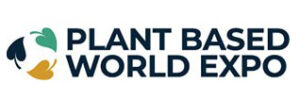
Experts share their thoughts on the state of the industry and where it’s headed in the new year
By Sara Perez Webber
By all accounts, 2022 is the year of the comeback for the catering and events industry. Yet after a tumultuous 2020 and 2021, stumbling blocks remain—such as the ongoing labor shortage. To get a sense of where we are and where we’re going, CFE asked six industry executives to share what they’re seeing in the marketplace and where they predict we’re headed in the new year.
What’s the outlook for your business and the industry in 2022?
James Filtz, CPCE, CMP, NACE’s 2022 National President and director of meetings and special events at The Ritz-Carlton, New Orleans (nace.net)
For social events such as weddings, birthday parties, etc., I think it going to be the best year in recorded history for the industry. So many events have been put off not just once but twice that the pent-up demand to celebrate, connect and gather is unprecedented.
Corporate events are following a more gradual curve, but the industry has spoken, and the message has been clear to those of us listening—hybrid events may never go away to accommodate virtual participation, but given the choice, in-person experiences are always more desirable. It’s not about the general sessions or the breakouts. It’s not even about the educational sessions or celebration dinners. It’s about everything in-between—the spontaneous, ephemeral moments that happen serendipitously and are never recreated.
Adam Noyes, president, Proof of the Pudding, Atlanta (proofpudding.com)
We are excited about 2022 and are cautiously optimistic about business moving forward into the new normal. Many of our business segments have returned to pre-pandemic levels, led by our Sports & Entertainment Division. The convention and corporate meetings and events segments seem to be the last to come back but, every day that goes by, these segments are booking more into the new year.
Overall, we are projecting 2022 to be slightly down compared to 2019 (same accounts, not accounting for new business), mainly due to the convention and corporate segments taking more time in the first quarter to get back to business.
Bill Hansen, CEO of Bill Hansen Catering and Event Production, Miami (billhansencatering.com)
We expect the best year ever as COVID concerns diminish. [For the industry,] I think it depends on geographical location and how quickly we open our doors to indoor events.
Jeff Grass, chairman and CEO of HUNGRY, a national platform for top local chefs and food delivery services (tryhungry.com)
We’ve continued to see strong growth in 2022. Our Virtual Xperiences and Food Delivery & Logistics business have grown rapidly, and now we’re seeing a significant increase in activity from our business food and event solutions business, which includes catering, snacks, pop-ups and live events. There is an accelerating return-to-office starting to happen, especially in the Southern states. Almost all our clients say that they will be returning to their offices in some form in the first quarter of 2022, so we’re making a lot of investments now to ensure we’re fully ready to serve our clients as soon as they are ready.
After two years of very limited demand, 2022 is going to be an outstanding year! Office catering will be back big-time as food is one of the most cost-effective ways for companies to encourage their teams to return to the office. After being at home in our sweatpants for the last two years, most people are also ready to get out and have some fun, so we expect the events business to see strong growth next year, too. Interestingly, for those companies that have embraced work-from-anywhere or who don’t plan to return to the office, there will also be a sizable virtual events industry in 2022 and beyond, too.
Trish Spellman, managing director of Cura Hospitality, a dining service provider for senior living communities, acute care hospitals and behavioral health centers (curahospitality.com)
Cura Hospitality is on a clear growth trajectory for 2022. We began as a regional organization 25 years ago and are continuing to expand on a national level. We expect to maintain growth at the pace of the life-planning industry, and to continue to grow in the acute care industry.
Jamie Baxter, co-founder and CEO of Qwick, an on-demand staffing platform for the food-and-beverage industry (qwick.com)
Despite the global pandemic, Qwick managed to grow 1600% in the past year. This upward trend will likely continue as the hospitality industry aims to mend its massive labor shortage.
As a company, Qwick started 2021 in eight markets across the United States. Expanding into Orlando, Tampa, Los Angeles, Chicago and one additional city by the end of 2021, Qwick projects to close out the year in 12 markets and close out 2022 in 30 markets. Qwick plans to continue growing as well. Qwick started 2021 with 20 employees and plans to grow to 150 by the end of 2022.
Events, sports games, weddings and other gatherings are coming back at an all-time high, so we can only predict that the demand for hospitality staff in 2022 will be more significant than it has been since the start of the pandemic.
Do you foresee the staffing challenge continuing in 2022, and have you made any changes in the training of employees?

Bill Hansen: I do see the industry’s staffing challenge continuing in 2022. Thirty percent of those working in hospitality left our profession during COVID.
We have raised our pay rates and given bonuses and perks to attract engaged team members. We endeavor to make our company not only a good place to work but a great place to work. We have developed an online training program for team members that is available at School for the Service Arts. Currently we are scheduling staff early to allow time for training prior to weddings and events.
Trish Spellman: Our major challenges for 2022 will likely continue to be labor shortages and supply chain disruptions, in addition to the ongoing health and safety concerns with the pandemic.
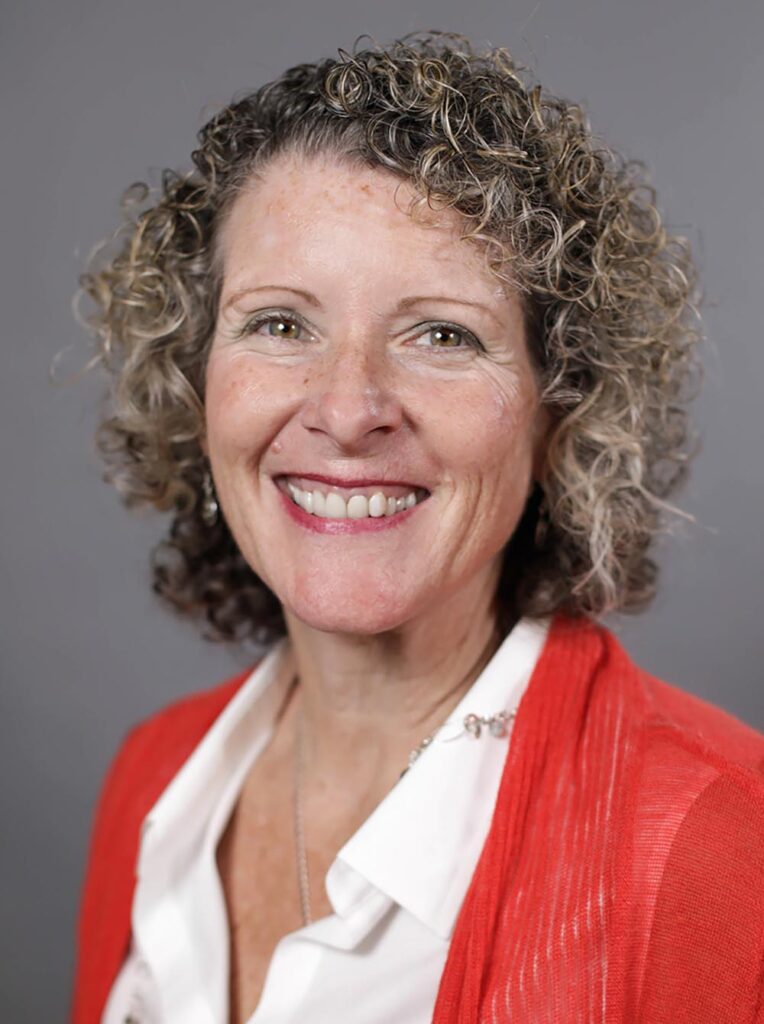
Unfortunately, no one in our industry has been able to predict when our staffing shortages will end. For that reason, we’re taking proactive steps to build our pipeline of talent, including community outreach at local high schools to educate students about the great opportunities we have available for them to work in foodservice and the healthcare industry.
In foodservice hospitality, and especially in the healthcare industry, we have always been focused on health and safety as our number-one priority. COVID has only highlighted the importance of our pre-existing protocols. From a Cura standpoint, we’re placing a lot of emphasis on peer recognition, empowering our teams to call each other out for positive safety behaviors. This effort reinforces the safety protocols our team members learn during training, and also builds stronger teams. Peer-to-peer mentoring is also an effective training tool we emphasize at Cura.
Jamie Baxter: The hospitality industry is a notoriously difficult industry to work in due to low wages, poor workplace environments and non-flexible hours—all of which ultimately lead to high turnover. This trend, combined with the peaks and valleys of demand brought on by COVID-19, will result in the current staffing challenges in the hospitality industry continuing into 2022.
Amidst a period of nationwide staffing shortages, Qwick provides quality, reliable talent for thousands of businesses and high-quality shifts to thousands of service professionals. With a 97% average shift fill rate, over 85,000 vetted professionals and Qwick’s pledge to offer all professionals a livable wage, both businesses and professionals have an improved workplace environment.
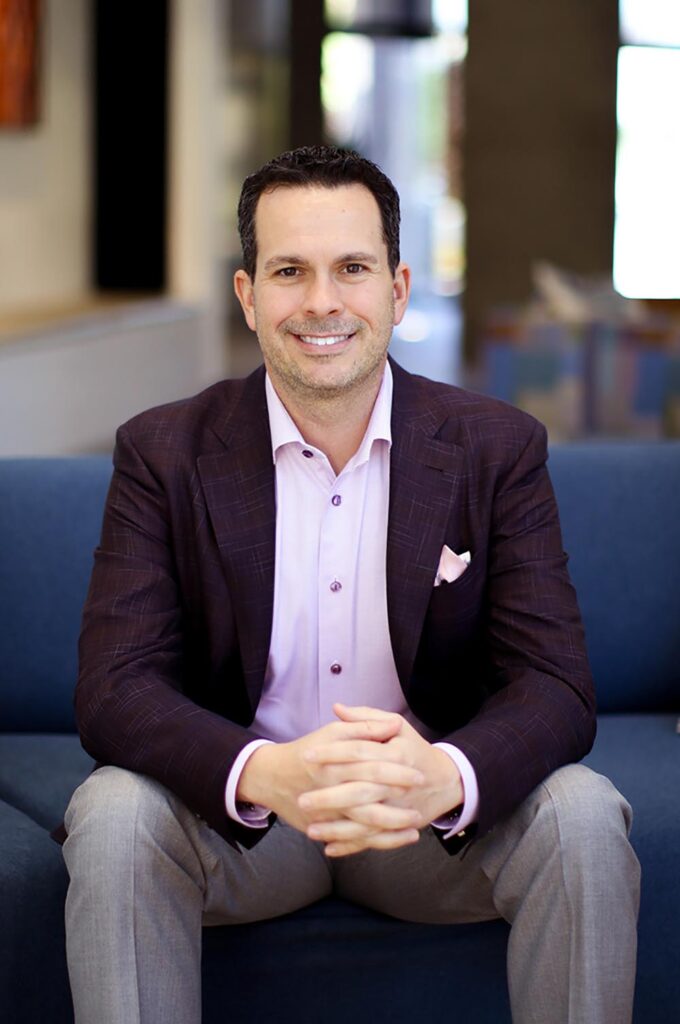
One of the biggest pain points for restaurants and hospitality businesses is employee turnover, and part of that is a result of how employees are trained (in addition to non-flexible hours and low wages). The labor shortage has pushed employers to increase wages, offer more flexible schedules and offer additional perks to attract and retain employees, but this is just the start.
Recognizing these pain points, Qwick was created to provide businesses with talented and reliable professionals when they need them most. One of the major ways Qwick retains its contracted professionals is through the freedom and flexibility that our platform offers. By providing a solution to this problem, Qwick retains professionals who are eager to work on their own time. We’ve found that when professionals are empowered to make their own schedules and offered exceptional wages, they show up to work motivated and with high morale.
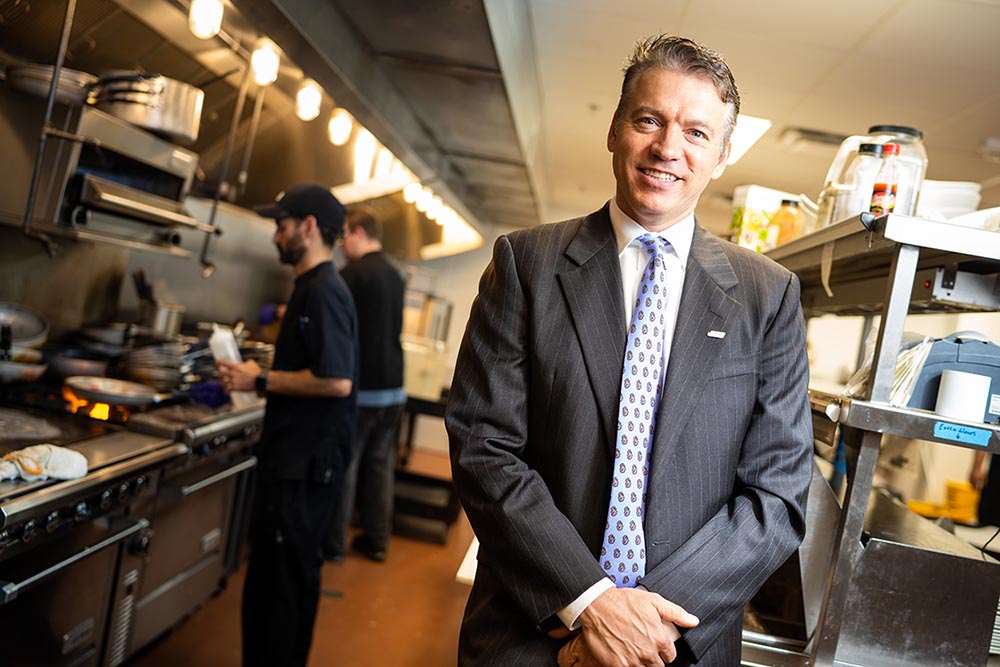
Jeff Grass: Just like everyone, we are seeing staffing challenges, and a lot of inflation with ingredient and supplies costs, too. We have beefed up our recruiting team to ensure we can still find great people, and we’re working with our chef partners on the cost side while also ensuring catering is cost-effective for our clients. This is still one of the most challenging operating environments I’ve seen in a long time, but HUNGRY is very well positioned to thrive.
We have always invested heavily in training our staff, with hospitality training and food safety training. We now also have a lot of COVID-related training, from proper precautions (masks, gloves, social distancing, etc.) to new solutions we have that help ensure safety—such as staffed and served buffets and our group order solution, where everyone can order their own lunch each day via the HUNGRY app. Over the last two years, we’ve also rolled out more training and focus on DEI [Diversity, Equity, and Inclusion] and mental health, too.
What are your predictions for catering and event trends in 2022?

Adam Noyes: Given a continued gradual recovery, we are bullish about the future. We think 2022 will be a good year, with the front half of the year being down to 2019 levels but the back half being better than ever due to pent-up demand in all business segments.
Bill Hansen: Couples marry regardless of the economy. That’s the good news. The challenge is when will corporate business return? Fifty percent of our business has been corporate in the past, and we’ve been blessed with the surge in weddings to make up the difference.
Trish Spellman: I predict that sustainability will continue to be a growing trend in 2022, with more menu items focused on making good use of ingredients that would normally go to waste. We will continue to turn this trend into a resident-experience-enhancing effort by incorporating “rescue recipe” items into dining features and specials, all while educating residents on the topic of sustainability.
I also think that grab-and-go items will continue to be an important component of any catering or foodservice operation well beyond the pandemic, as these items provide both convenience and safety.
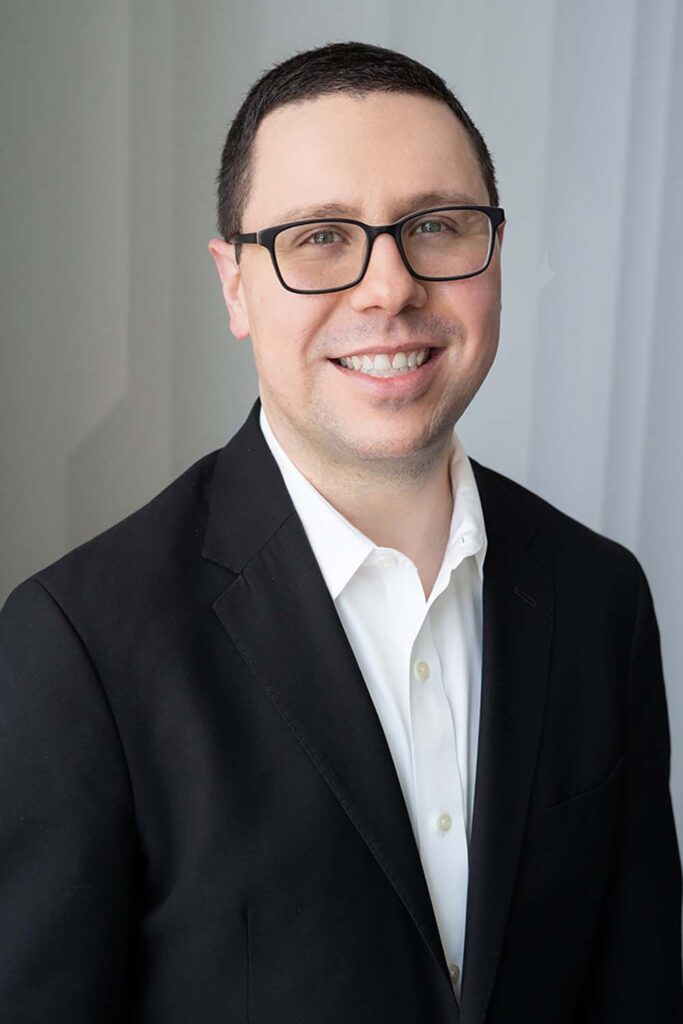
James Filtz: Customer patience and compassion has been high during the pandemic as guests realized how caterers were dealing with recovery and reopening. As we move past the current phase of the pandemic, customers will start to lose their patience with delays or defects in our industry, and we’ll need to step up our game by investing in the biggest way possible in developing, curating and onboarding talent into our organizations.
We have no higher mission than to bring people back to work and bring back the fun work environment our industry is known for. I also think 2022 will be a year where companies start to reinvest in event-technology and equipment. These purchases have been sidelined due to budgets, but as the business comes back, so too does the opportunity to streamline operations though technology and newer, better equipment.
Jeff Grass: The traditional corporate cafeteria is dead because the legacy model with onsite commercial kitchens and full-time culinary staff will never make economic sense again due to less density of workers in buildings and high variability in attendance by day. I believe there will be a lot of innovation in the industry to find alternative solutions. For example, HUNGRY is about to announce a new Cafés and Coffee Bars solution that provides similar permanent onsite foodservice for corporate clients, but with better variety and food quality, and with a solution that eliminates the need for onsite kitchens and culinary staff. The savings are immense.
Jamie Baxter: Between the labor shortage and the increasing number of events taking place as the spread of COVID-19 slows, 2022 will likely push hospitality employers to improve conditions (wages, schedules, etc.) to attract and retain more employers.
In addition to this, businesses will increase their use of third-party applications, including Qwick, to efficiently fill last-minute shifts.






